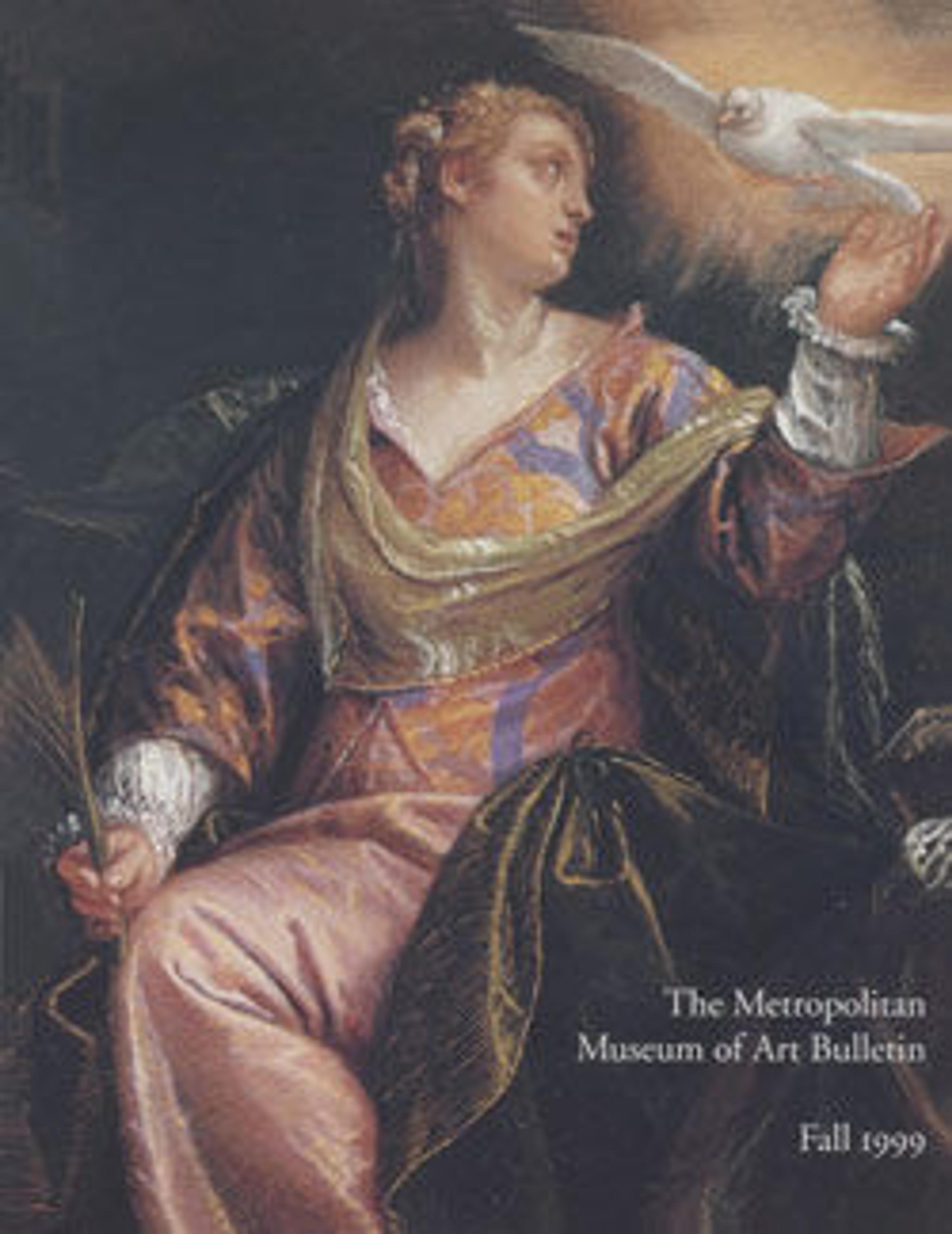Woman in a Blue Dress
Trained in Boston and Paris, Dewing preferred as his subjects idealized patrician women in attitudes inspired by the figural Symphonies, Arrangements, Harmonies, and Notes by the American expatriate painter James Abbott McNeill Whistler. Indeed, such exquisite studies as "Woman in a Blue Dress" descend directly from Whistler's subtle pastels, right down to Dewing's use of light brown "Whistler" paper, originally supplied to him by a patron of both artists. Dewing emulated Whistler's discreet, often minimal, touch with pastel crayons, typically exploiting the paper color, as here, to model form in light and dark. Unlike Whistler, he did not generally accent contours in black line but revealed the figure—particularly the flesh—with concentrations of pale pigment to realize a haunting, weightless yet sensuous appartition.
Artwork Details
- Title: Woman in a Blue Dress
- Artist: Thomas Wilmer Dewing (American, 1851–1938)
- Date: ca. 1890–1909
- Culture: American
- Medium: Pastel on brown wove paper, mounted on wood board
- Dimensions: 10 5/8 x 7 1/2 in. (27 x 19.1 cm)
- Credit Line: Bequest of Robert Louis Isaacson, in memory of Mr. and Mrs. R. Kirk Askew, 1998
- Object Number: 1999.176
- Curatorial Department: The American Wing
More Artwork
Research Resources
The Met provides unparalleled resources for research and welcomes an international community of students and scholars. The Met's Open Access API is where creators and researchers can connect to the The Met collection. Open Access data and public domain images are available for unrestricted commercial and noncommercial use without permission or fee.
To request images under copyright and other restrictions, please use this Image Request form.
Feedback
We continue to research and examine historical and cultural context for objects in The Met collection. If you have comments or questions about this object record, please contact us using the form below. The Museum looks forward to receiving your comments.
